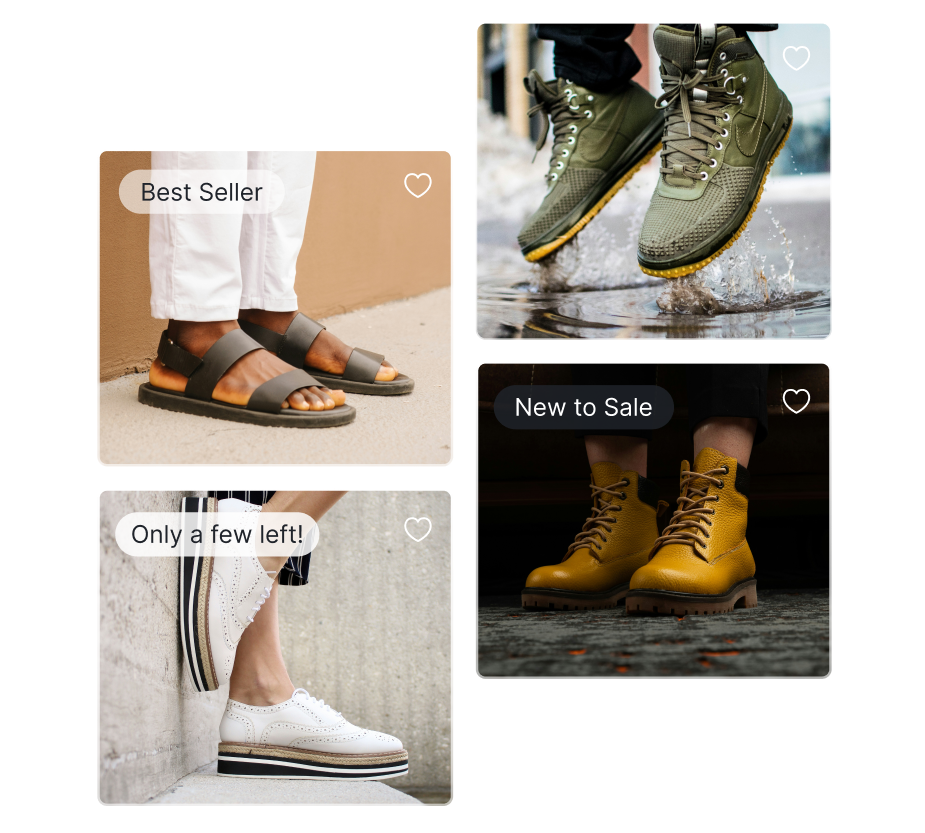Modern shoe shoppers are savvy and passionate.
Some aren’t afraid to spend hours camping out for the latest sneaker drop or high-end fashion symbol. They aren’t afraid to pack their closet with floor-to-ceiling footwear. Others become buyers for life when they find a cute pair of flats they can wear all day. Why? Because shoes are more than foot protection. They’re an identity.
Footwear brands that tap into this “irrational exuberance” can build deep customer loyalty and repeat business. Meanwhile, brands that miss have to compete in a market alongside Air Jordans and Louboutin.
But that doesn’t mean footwear sells itself. People may have irrational exuberance around brands, but that loyalty doesn’t always extend to retailers. Air Jordans can be purchased at any Nike store… as well as everywhere from Foot Locker to Amazon, while luxury retailers like Bergdorf Goodman and Nordstrom offer solid selections of Louboutins.
At the same time, shoes are not a one-size-fits-all purchase. Footwear varies not only by color and size, but half-size and width. Personalization is a must for high-growth retailers looking to attract, convert, and retain shoppers.
How can they do it?
Customer movement. This marketing philosophy and framework, defined by customers rather than channels, is the starting point for a truly personalized and relevant experience. By identifying and moving customers through the lifecycle with targeted messaging and AI automations, footwear brands can create a one-of-one experience for their shoppers.
In this deep dive, we’re breaking down footwear fundamentals.
We’ll start by looking at identification — the key to staying top-of-mind with exuberant shoe shoppers. Then, we’ll walk through the four stages of the lifecycle: acquisition, conversion, retention, and reactivation. Finally, we’ll spotlight high-impact tactics your footwear brand can use to attract shoppers and build a loyal customer base.
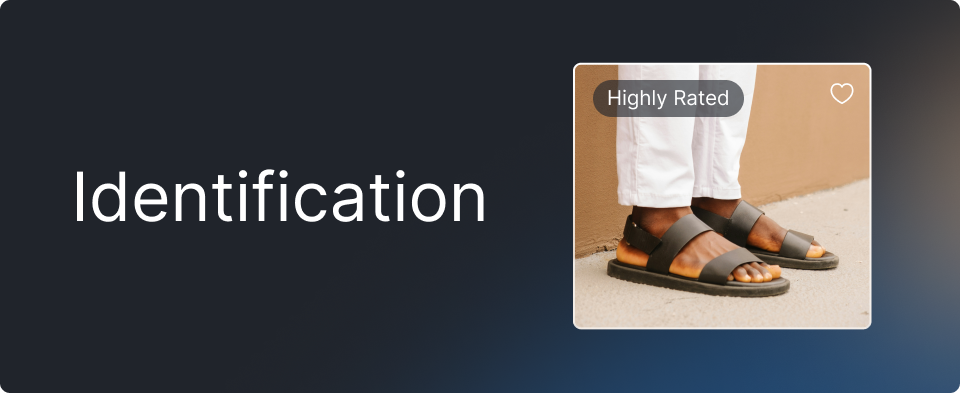
Stay top-of-mind with shoe shoppers
How can your brand remain relevant?
For footwear companies, balance is key. A common customer base ranges from sneakerheads and runners to casual corporate and trendsetters. Every demographic brings unique needs, motivations, and interests.
To unlock relevance with every shopper, you first need to identify your customers as they walk through the door. This is a huge (and often missed) opportunity, with the average footwear retailer identifying only 17.5% of shoppers according to Bluecore’s 2024 Customer Growth Benchmarks Report.
Enter shopper identification, the engine that powers customer movement. By listening to a shopper’s digital body language and gathering identifiers, you can transform unknown visitors into known shoppers and shift the marketing focus from channels to customer-first experiences. Through identifiers, such as email and phone number, you can gather the knowledge you need to become their go-to source for footwear.
With identification powering your marketing engine, you can answer questions like:
- What shoe(s) is this shopper looking for?
- How often do they purchase?
- Are they brand loyal or shopping for discounts?
- What kind of messaging matters to them?
Shopper identification also enables footwear brands to address shoppers based on their stage in the lifecycle. For shoppers who are new to the brand or category, acquisition and conversion tactics will move the needle. Meanwhile, for repeat shoppers, retention and reactivation tactics are the go-to playbook.
Let’s next take a look at what customer movement looks like at every stage of the shopping lifecycle.
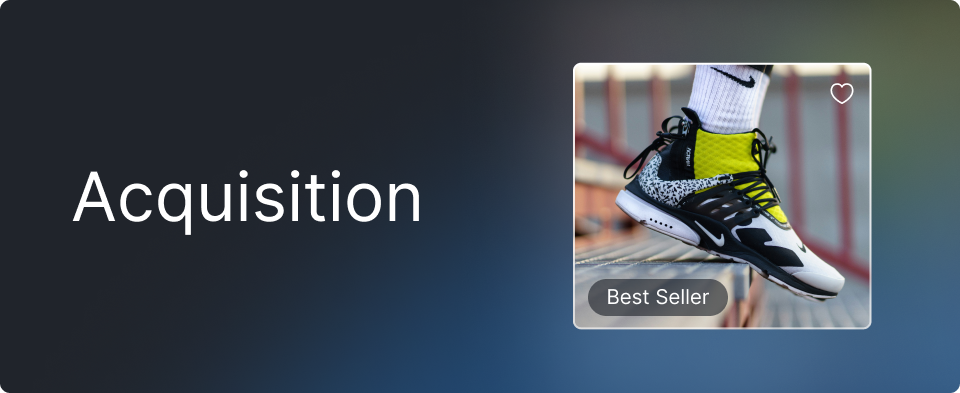
Attract and identify potential shoe shoppers
In the acquisition stage, the goal is to bring potential buyers into your store — virtually or in person — and begin creating their customer profile. This phase is critical as it sets the stage for future interactions and personalization efforts.
By effectively capturing and utilizing customer data from the outset, footwear brands can tailor their marketing strategies to meet the specific needs and preferences of their shoppers.
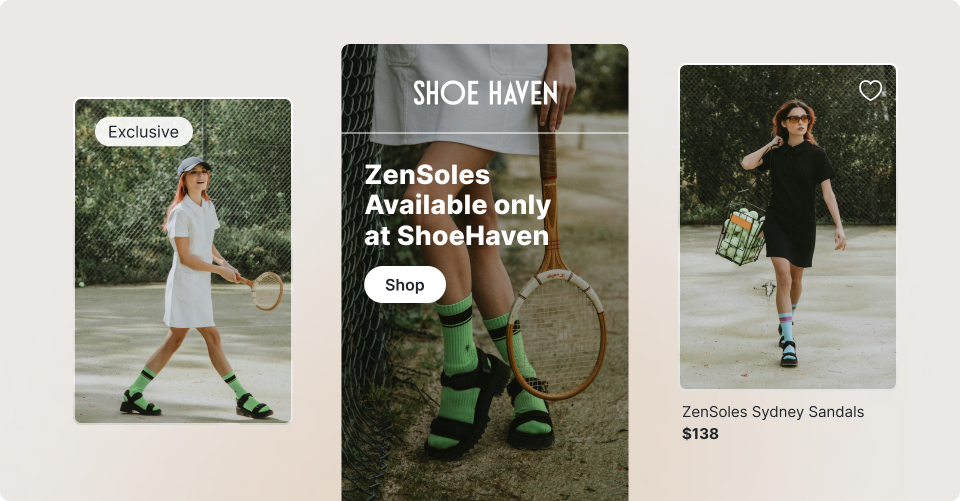
Tactic: Capture customer data
To kickstart the acquisition stage, it’s important to quickly capture customer data (think email and phone number). This equips you to identify and understand the type of shopper you’re engaging with. Using entry capture modals — like sign-up forms, quizzes, and preference settings — and AI shopping agents, footwear retailers gather insights into the shopper’s profile.
Is your shopper a sneakerhead, restaurant worker, or high school basketball player? Are they looking for style, affordability, or orthopedics? Knowing the answer to these questions enhances your ability to tailor marketing messages and product offerings. Plus, early data capture allows you to segment your audience and deliver more personalized and relevant shopping experiences throughout the customer lifecycle.
Tactic: Recognize brand loyalty versus retailer loyalty
In the world of footwear, customers often show strong brand loyalty — think Nike or Adidas — but that doesn’t necessarily mean they’re loyal to the store they’re buying from. This key distinction makes a major difference in how you approach marketing.
For example, if someone always buys Nike, focus your messaging on what makes your store the best place to get their next Jordans. Take a page out of the DSW playbook by highlighting exclusive deals, special stock, or perks that set you apart from other retailers offering the same products. It’s all about adding value that keeps them coming back to you, not just the brand they love.
Bluecore Pro Tip
With Bluecore, you can track beginning-to-end shopping sessions. This gives you valuable insights into a shopper’s affinities and behaviors, enabling you to tailor messaging, product recommendations, and AI Shopping Agent Q&As to what resonates most with them.
For example, if a shopper browses high heels, consider using a browse abandon capture modal. Offer a discount code or free gift via modal, email, or SMS. This way, you’re staying top of mind with a shopper who is likely to purchase.
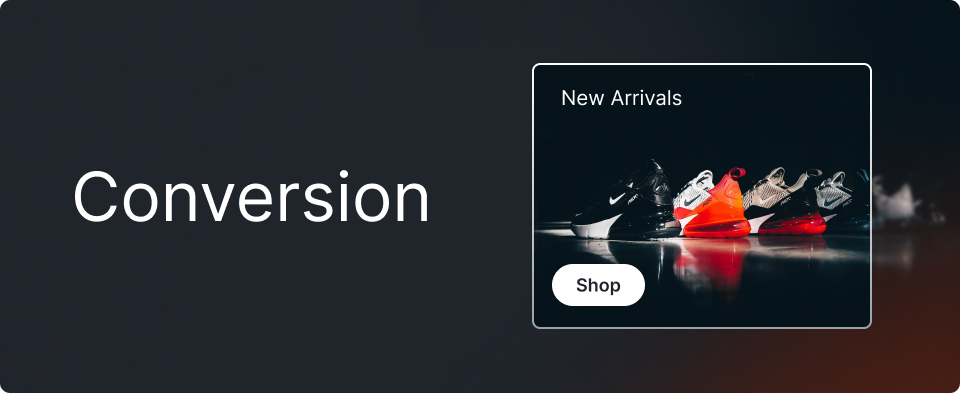
Help shoe shoppers discover their next pair
The conversion phase is crucial for transforming potential shoppers into active customers. The goal here is to complete a new customer’s first purchase, which serves as a gateway to future engagement and loyalty.
Tactic: Set up merchandise triggers
To keep your product offerings timely, set up merchandise triggers for real-time catalog updates. This capability — available through Bluecore’s real-time product catalog integrations — allows you to automatically call out low inventory and out-of-stock items, new arrivals, and best sellers as soon as stock changes.
Real-time updates on products that customers have browsed provide them with the most relevant products and offers, enhancing their shopping experience.
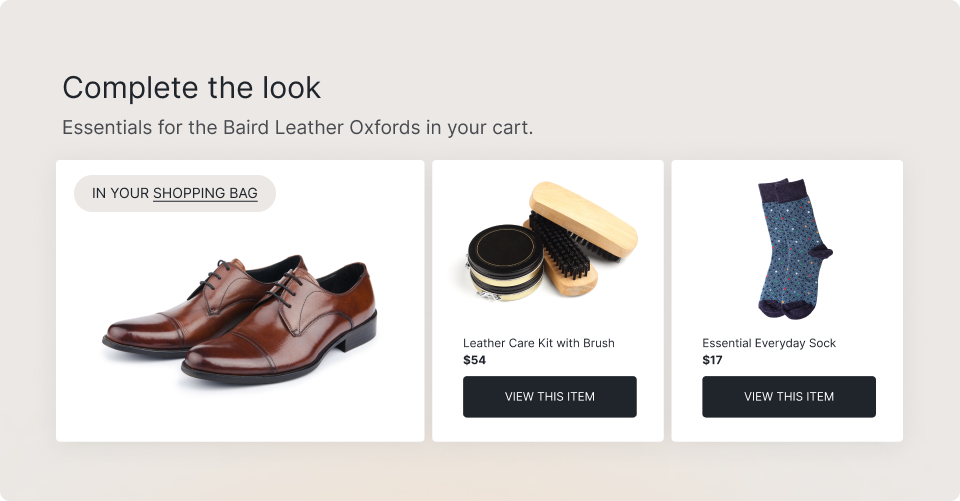
Tactic: Launch “complete the look” recommendations
Enhance your customers’ shopping experiences and boost average order value by launching “complete the look” recommendations. When you suggest complementary items like socks, shoe care kits, or matching apparel alongside footwear, you encourage shoppers to explore additional categories.
This tactic, which is particularly effective for retailers with large brand catalogs, elevates the shopping experience. It also provides valuable data on customer preferences and their lifetime value (LTV) — for example, shoe care kits are a significant indicator of high LTV. When you track what products your customers purchase together, you can better tailor future marketing efforts.
Bluecore Pro Tip
Organize your metadata and label your catalog. By doing this, you create meaningful intersections between customer awareness and the products they’re searching for. When your catalog is well-organized with clear labels — such as color, size, and width — it becomes easier to present the most relevant product combinations at just the right moment.
Even when your catalog is organized, though, shoppers still have questions: Will these fit? What do they pair well with? Is there a waterproof version? An AI shopping agent like alby can surface these questions in real time — then answer them instantly based on product data, catalog rules, and shopper behavior. By turning uncertainty into confidence, alby keeps customers moving forward in their journey, not bouncing away.
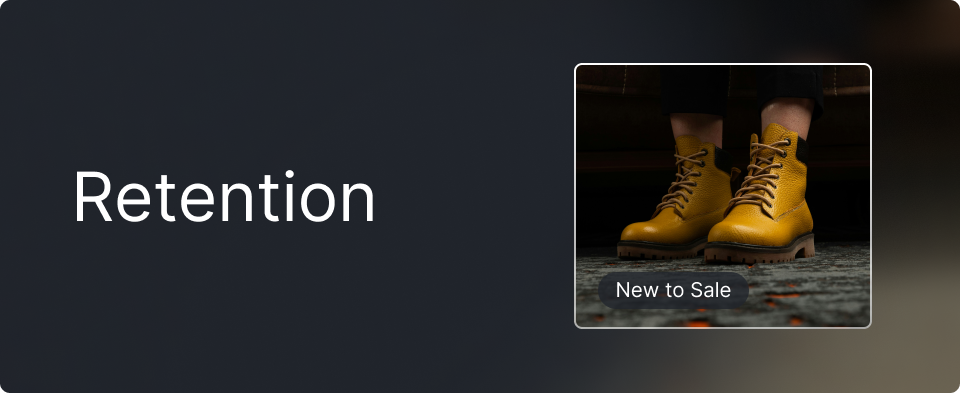
Connect shoe shoppers with the products they want when they want them
The retention stage is the most important phase in the customer lifecycle. Retention is crucial for encouraging repeat purchases, lowering CAC, and, downstream, increasing the LTV of existing customers. The fastest way to higher profitability is through retention. By keeping customers engaged and satisfied, footwear brands can turn occasional buyers into loyal brand advocates.
To get the most out of this stage, use customer data to deliver personalized recommendations and timely communications.
Tactic: Personalize based on discount and category affinity
Tailor your coupons and discounts to match each customer’s unique preferences. One of the best ways to do this is by focusing on discount and category affinities.
For example, if a customer frequently buys running shoes on sale, consider offering them a discount on the latest running gear. Personalized offers like these protect your margins by differentiating discount shoppers from shoppers who will purchase at full price.
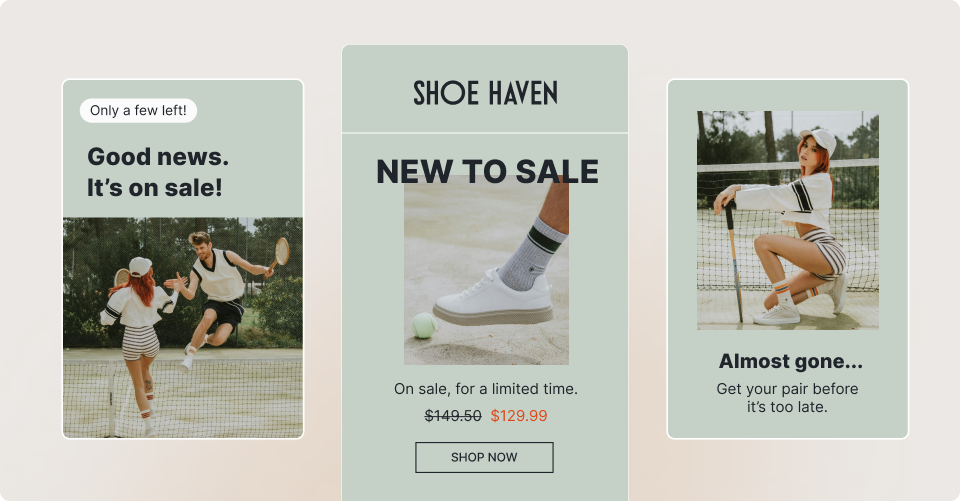
Tactic: Leverage merchandise triggers like “new to sale” and “low inventory”
Merchandise triggers, like “new to sale” and “low inventory,” can be used to keep customers engaged. Identify products that previously caught their eye and notify them when these items go on sale or are nearly sold out. You can also use an AI shopping agent to surface these updates in real time, directly within the shopping experience.
This timely tactic can spark interest and prompt purchases, turning a sidelined customer into an active one.
Bluecore Pro Tip
Using customer data, identify your “nirvana” shoppers who are looking for both children’s shoes and shoes for adults. These dual-purpose shoppers present an opportunity for bundled offers or family discounts, increasing the likelihood of multiple purchases.
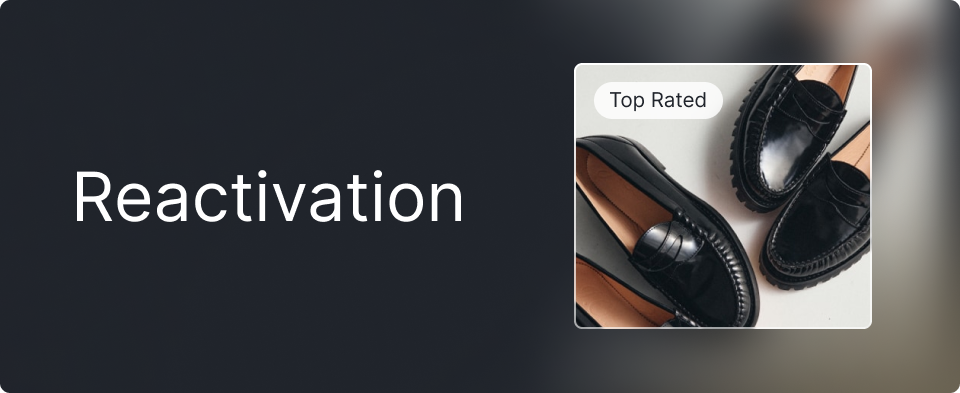
Bring shoe shoppers back
The reactivation stage is all about re-engaging customers who have lapsed over time. By bringing these customers back into the fold, footwear brands can boost sales and re-establish loyalty, turning once-dormant customers into active and engaged shoppers.
Consider this data from Bluecore’s 2024 Customer Growth Benchmarks Report: Compared with new buyers, reactivated buyers’ purchase frequency is 7.7% higher and they spend 12.7% more. Reactivating customers also, on average, costs less than activating new ones.
Tactic: Send timely reminders based on past engagement
Bring inactive customers back by sending timely reminders that tap into their past purchase history and the typical product lifecycle. By anticipating needs and offering relevant suggestions, you’re providing value and re-establishing a connection with your brand.
For example, if a parent bought kids’ shoes six months ago, it’s probably time for the next size up. A well-timed reminder to check out new kids’ shoe options can reignite their interest and drive a new purchase.
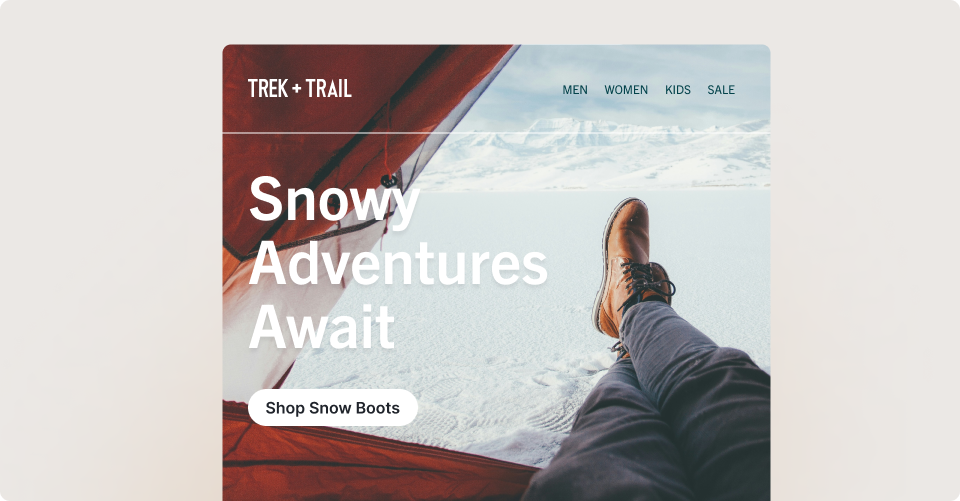
Tactic: Deploy seasonal winback campaigns
Bring back customers who made seasonal purchases by deploying targeted winback campaigns. By reminding customers of their past preferences and showcasing what’s new, you can spark their interest and encourage them to return for another purchase.
For example, if a customer bought snow boots last winter, send them a timely email featuring your latest winter collection, including new arrivals and best sellers. Similarly, you can message those who purchased summer sandals last year with a preview of this season’s hottest styles. Take it a step further by embedding shopper-specific Q&A directly into the email with alby.
Bluecore Pro Tip
Segment inactive customers. To do this, divide inactive customers into groups based on factors like the time since the last purchase, average order value, lifetime value, and types of products previously purchased. This segmentation allows for more personalized win-back strategies.
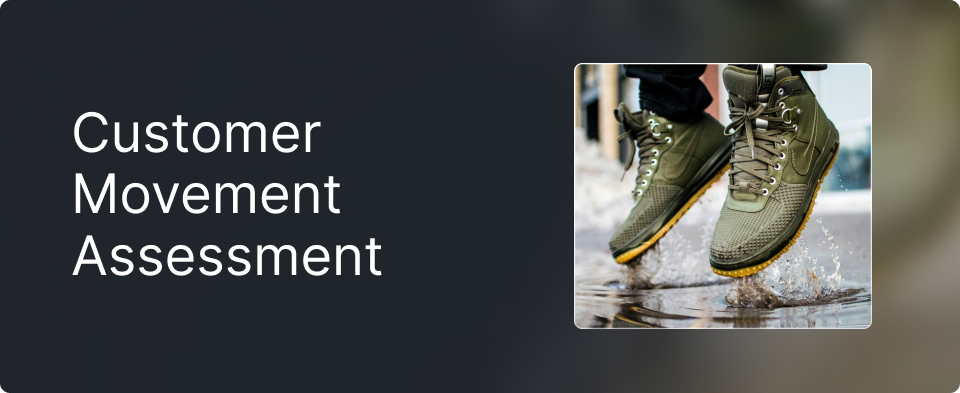
Bluecore data shows that retailers focused on channel-led growth see an average three-year customer retention rate of 22%. On the other hand, retail leaders who have embraced customer movement see an average three-year customer retention rate of 59%.
To help retailers unlock customer movement, we offer Bluecore’s proprietary Customer Movement Assessment to dive deep into a retailer’s shopper data to find performance gaps and opportunities, comparing it to our peer index of 200+ companies.
The Customer Movement Assessment includes:
- Full customer file analysis
- Peer benchmarking for identification and retention
- Bottom-up trended forecast
- Campaigns to move customers through the funnel
Retailers who complete a Customer Movement Assessment walk away with a detailed strategy for achieving their growth priorities using the power of customer movement, whether you choose to work with Bluecore or another partner. Get your assessment started and join the (customer) movement.
Request an assessment for your brand.
Talk to a retail strategist

